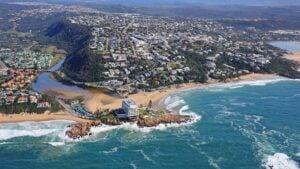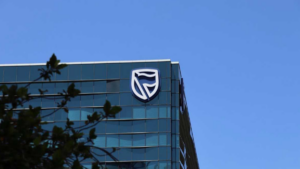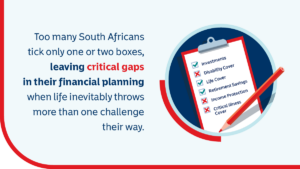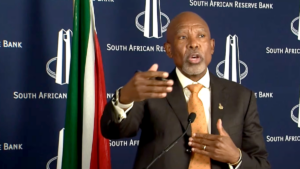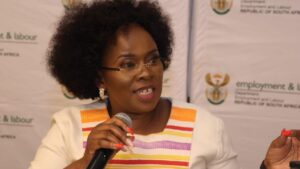How much money taxpayers have spent on the post office’s business rescue

Apart from the billions in bailouts, South African taxpayers have spent over R207.4 million on the South African Post Office (Sapo) business rescue process up to March 2025.
This figure, made up of R83.58 million in the 2024 FY and R123.89 million in the 2025 FY, was unpacked by the Business Rescue Practitioners (BRPs) of Sapo when discussing the deliverables of their interventions with BusinessTech.
In recent years, Sapo has suffered a dramatic financial decline, with plummeting revenue, from R5.44 billion in 2019 to R1.65 billion in 2024, mounting losses, and eventual technical insolvency.
As shown by an analysis by Daily Investor, the company’s equity began to erode after former CEO Mark Barnes exited in 2019, when it had a positive equity of R5.19 billion.
By 2021, Sapo reported a negative net asset value of R2 billion, which worsened to R7.9 billion in 2023.
As such, in May 2023, the Department of Communications and Digital Technologies (DCDT) and Sapo applied to place the entity under business rescue.
This application included a proposed R2.4 billion injection from the state, followed by a further R3.8 billion bailout to support the implementation of the business rescue plan.
Cabinet subsequently approved this, and Sapo was placed in business rescue in mid-2023.
Anoosh Rooplal and Juanito Damons were appointed as joint BRPs and developed a business rescue plan, which was approved on 7 December 2023 by a majority of the creditors’ voting interests.
The R207.48 million price tag
The BRPs said the R207.48 million spent by March 2025 covers more than just their personal fees.
In line with Companies Act regulations, the BRPs may charge up to R25,000 per day, plus disbursements such as travel and accommodation.
The initial team of 32 specialists, later reduced to 12 due to austerity, included costs for legal, IT, and financial advisors, along with operational and restructuring experts.
Costs also include professional indemnity insurance and rescue-related admin expenses.
What has the business rescue delivered?

Since entering business rescue with a negative net asset value (NAV) of R7.9 billion, the South African Post Office Sapo has made several short-term gains, supported by an initial R2.4 billion funding injection from the government.
A major turning point was a deal struck with creditors, who agreed to accept 12 cents for every rand owed.
This resulted in a R7.4 billion debt write-off, improving Sapo’s financial position and leading to a positive NAV of R1 billion by March 2025.
By October 2024, 99.6% of dividend payments, totalling just over R1 billion, had been paid, and outstanding creditor claims had dropped to R440 million.
On the operational front, SAPO reduced annual expenses by R1.2 billion and completed the migration of its data centre, stabilising IT systems.
Retrenchment packages were paid to 4,342 employees by the end of 2024, in line with agreements reached with labour unions.
The branch network was rationalised to 657 branches, including 258 designated as Universal Service Obligation (USO) sites.
An acting CEO and CFO were appointed, mail backlogs were cleared, and international obligations resumed.
A total of 422 leased vehicles were deployed to support deliveries, although more are still needed.
Several longer-term initiatives remain on hold due to the delayed disbursement of the second R3.8 billion tranche.
These include modernising hardware infrastructure, expanding fleet management systems, and developing secure digital services such as e-registered mail and electronic signatures.
Additionally, statutory creditors still await payment of 18 cents per rand owed.
Although a valuation of Sapo’s property portfolio has been completed, no assets have been sold due to restrictions under the Public Finance Management Act.
Plans to pursue strategic partnerships have since been handed over to a Joint Task Team within the DCDT.
Not everyone is sold
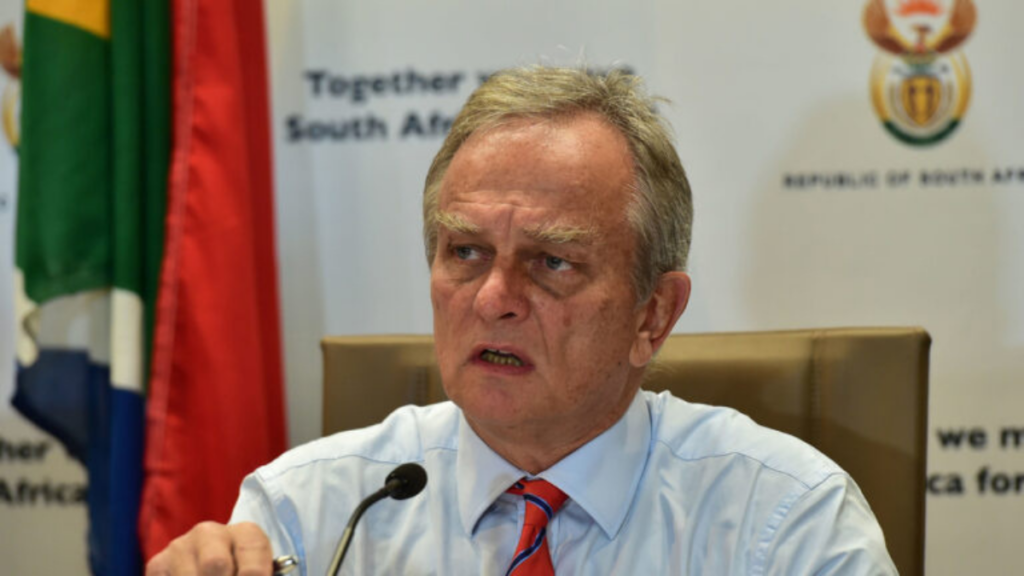
Former Post Office CEO Mark Barnes told eNCA he has serious doubts about the institution’s reported figures, saying, based on the latest financials, he is trying to reconcile around R14 billion since his 2019 departure.
He also criticised the Post Office’s five-year turnaround strategy, calling it vague and lacking substance.
“The first nine pages of the plan do not have numbers in them. The aspects like e-commerce and digitisation are virtuous, but nothing new,” he said.
Barnes questioned Sapo’s ability to compete in the e-commerce and digital space, which global giants already dominate.
“The people in e-commerce and digitisation are not starting tomorrow. We have the best players in the world already operating in that space,” he said.
“It is curious to me how you would go from zero to R2.5 billion in a space that world-leading companies occupy.”
He pointed out that the plan projects 25% annual revenue growth, while costs are expected to rise by only 5%, an imbalance he views with scepticism.
“I have never seen a business plan this aspirational and confident,” he said, warning that stakeholders should be concerned.
Barnes argued that the plan should be evaluated using standard investment benchmarks, not opinions, and the ultimate test would be whether private investors would back it.
“If that test passes, then the plan is valid,” he said.
Parliament’s recent Select Committee on Economic Development and Trade meeting also had many question.
MP Kennedy Pienaar said that he is “concerned that nothing is going change. In a few years’ time we will be sitting here and hearing about this plan and another bail out.”
“There has to be a point where we say up to here and no further,” he added.




